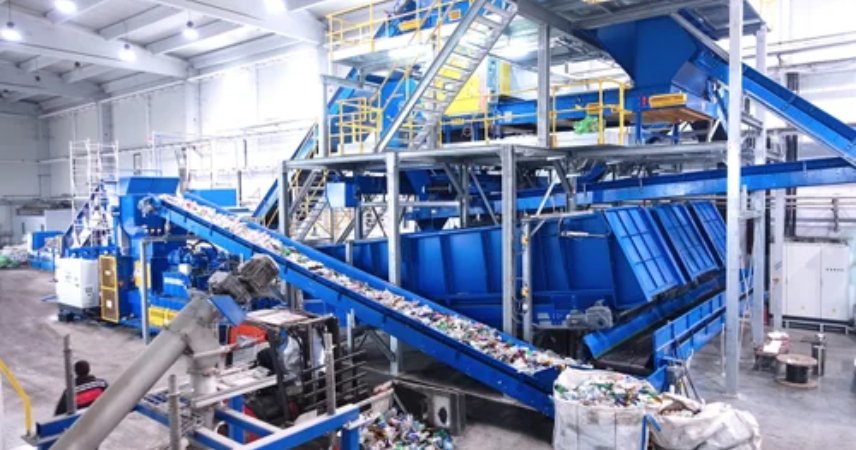Introduction
The world generates millions of tons of plastic waste each year, with Polypropylene (PP) and Polyethylene Terephthalate (PET) being two of the most widely used plastics. PET bottles, PP woven sacks, packaging films, and containers form a major part of global plastic waste.
To reduce environmental impact and reuse plastic effectively, washing and cleaning processes are critical before recycling. This is where a PP / PET Washing Plant plays a vital role.
In this blog, we’ll explore what a washing plant is, how it works, its applications, and why it’s essential for the recycling industry.
What is a PP / PET Washing Plant?
A PP / PET Washing Plant is an industrial system designed to wash, clean, and prepare post-consumer or post-industrial plastic waste before it undergoes further recycling processes like extrusion, pelletizing, or reprocessing.
The plant removes dust, labels, adhesives, oil, food residues, and other contaminants, ensuring that the plastic flakes are clean, dry, and ready for high-quality recycling.
Working Process of PP / PET Washing Plant
- Pre-Sorting
Manual or automatic sorting to separate PP and PET waste by type and color.
Removal of metals and non-recyclable items. - Size Reduction (Shredding/Crushing)
Plastic waste is shredded into small flakes or chips.
Uniform size makes washing and drying more efficient. - Cold & Hot Washing
Cold water washing removes loose dirt and impurities.
Hot washing (with detergent or chemicals) removes glue, labels, oil, and food residues. - Friction Washing
High-speed washing with friction force to scrub the flakes. - Floating & Separation
Uses water density differences to separate contaminants and different plastics (e.g., PP floats, PET sinks). - Drying
Mechanical dewatering and hot-air drying ensure moisture-free flakes. - Final Output
Clean, dry PP and PET flakes ready for extrusion or pelletizing.
Advantages of PP / PET Washing Plant
High Purity Output – Produces 95–99% clean flakes.
Better Recycling Quality – Cleaned flakes give high-quality granules.
Eco-Friendly – Reduces plastic waste, supporting a circular economy.
Cost Efficiency – Recycled flakes lower raw material costs.
High Market Demand – Clean PP and PET flakes are in demand globally.
Automation – Modern plants are fully automated, reducing labor needs.
Key Considerations for Setting Up a Washing Plant
Input Material – Type of PP/PET waste (bottles, woven sacks, films, straps).
Plant Capacity – Small (200–300 kg/hr), medium (500–1000 kg/hr), or large-scale (2000+ kg/hr).
Water Treatment System – Recycling water reduces costs and ensures eco-friendly operations.
Energy Efficiency – Newer plants come with low-power, high-output designs.
End Market – Ensure demand for clean flakes (local or export).
Future of PP / PET Washing Plants
With governments and industries adopting extended producer responsibility (EPR) and circular economy models, demand for clean recycled PP and PET flakes is growing rapidly.
Global PET recycling market is projected to grow significantly due to demand for fiber, textiles, and packaging films.
PP recycling is rising in woven sack, automotive, and household product industries.
A modern washing plant is not just an environmental solution—it is also a profitable business opportunity.


